Research
-
Hybrid Quantum Photonics
We developed a hybrid process for integrating high quality single photon emitters in a CMOS compatible platform. The process is deterministic in terms of selecting the quantum emitter, using a nano-manipulator, and the design of the photonic circuit. The developed hybrid platform exploits the advantages of high quality single-photon sources grown on III-V platforms with well-developed silicon based photonics.

Nature Communications 8, 379 (2017)
Nano Lett. 16 (4), 2289–2294 (2016)
Nature Photonics, 14, 285-298 (2020), Review paper
We develop a site-controlled process to deterministically integrate 2D quantum emitters in silicon nitride photonic waveguides. The hybrid integration methods allows to intrdouce quantum light sources to photonic platforms with no inherent light emitting properties. hBN is an exciting quantum material with potential with capability of emitting single light particles with high quantum efficiency at room temperature , without the need of extreme refrigiration.
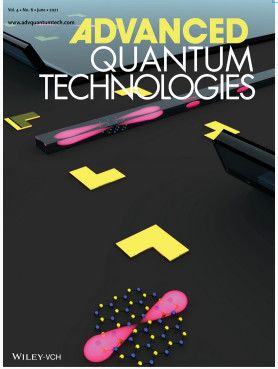
Adv. Quantum Technol., 2100032 (2021) (Journal Cover)
We realize a hybrid system combining site-controlled Cu2O micro-crystals and silicon nitride photonic circuits. In the work, we couple Cu2O exciton emission to a SiN waveguide, the emission shows excellent quality on par with micro-crystals grown on thermal oxide. The platform offers exciting possibilities through exploring rydberg excitons in Cu2O for strong light matter interaction, mediated by high order rydberg states in Cu2O.
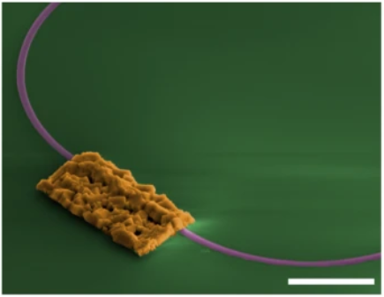
Communications Materials , 1, 11 (2020)
-
Strain-tunable Photonics
We developed a strain-tunable hybrid quantum photonic platform by integrating silicon nitride waveguides with preselected III-V nanowire QDs on a piezoelectric substrate. An applied electric field tunes both the emitter wavelength and ring resonator frequency via strain. The device is stable and bonding-free, making it ideal for atomic memory integration.
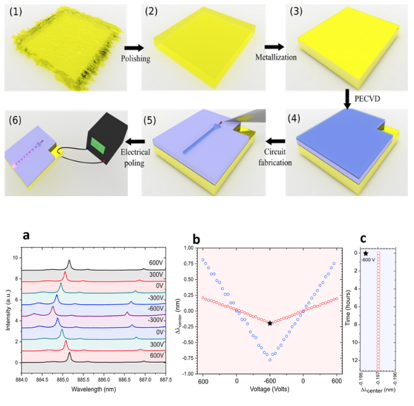
Nano Lett. 18 (12), 7969-7976 (2018)
This study outlines the successful transfer of a nanowire quantum dot onto a bulk luthium niobate. The emission of the nanowire QD can be dynamically controlled by creating an acousto-optical interaction with surface acoustic waves. The single photon source retains its purity even during the process of dynamics strain tuning.
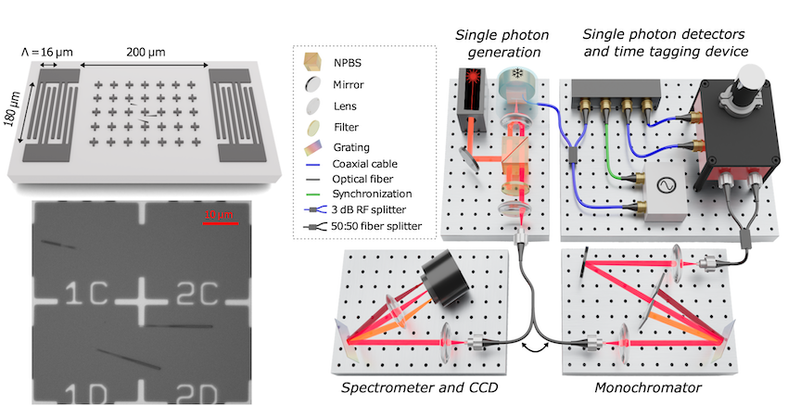
ACS Photonics 10 (10), 3691–3699
https://arxiv.org/abs/2407.12204
Nature communications 12 (1), 1408
-
Quantum Entanglement
Our group explores quantum information protocols, focusing on multipartite systems and phenomena like entanglement and coherence. We generate and characterize complex quantum states using advanced materials and photonic technologies, aiming for robust implementations in quantum communication.
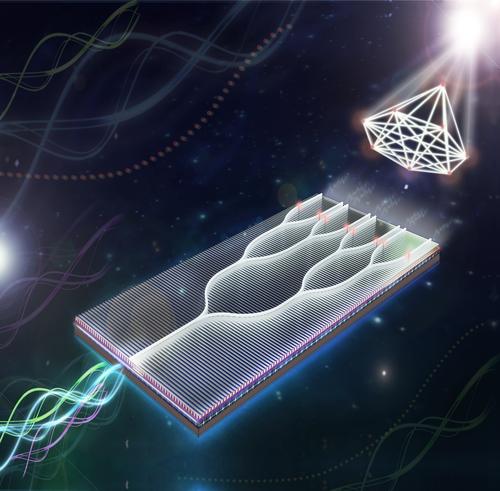
Nano Lett. 2023, 23, 11, 5350–5357
We demonstrate bright entangled photon pair generation in the telecom O-band using site-controlled nanowire quantum dots, achieving 85.8% fidelity and 75.1% concurrence, enabling scalable quantum networks.
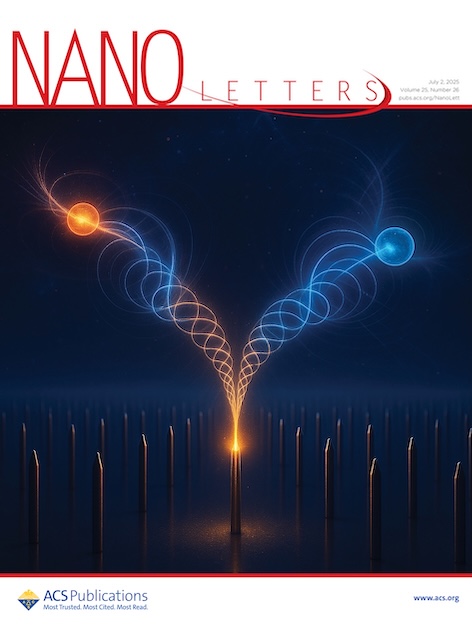
Nano Lett. 2025, 25, 26, 10321–10327
-
Topological Photonics and condensed matter physics simulations
We develop CMOS compatible topological photonic lattices. The research focuses on both the fundamental physics aspect, through studying phase transitions and state localiaztion, in addition to applications that merge the fields of quantum and topological photonics.
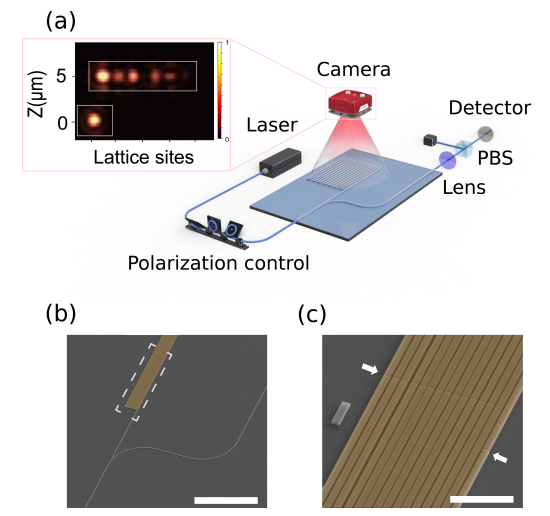
Photon. Res. 10(12), 2901-2907 (2022) (Editor Pick)
Phys. Rev. Research 4, 033222 (2022)
Physical Review B 108 (14), L140202
-
Superconducting Single Photon Detectors
We perform bandgap dispersion eingeering of superconducting transmission lines to slow down RF signals to record speed of 0.0019 speed of light in vacuum. We use the slow RF transmission line for time division multiplexin go superconducting single photon detectors, the article is featured in APL Photonics.

APL Photonics 5, 111301 , (2020) (Featured Article)
Nano Letters 23 (21), 9748-9752
Nanophotonics 12 (3), 339-358 (Review)
ACS Photonics 2020, 7, 7, 1780–1787
We develop superconducting single photon detectors with high detection efficiencies, low dark counts, and high time resolution. The detectors are fabricated by patterning thin NbTiN layers on photonic integrated circuits. Using these detectors, we realized a fully integrated, proof of concept, quantum channel, combining nanowire single photon emitter, a silicon nitride waveguide, and a ring resonator filter terminated with a single photon detector.
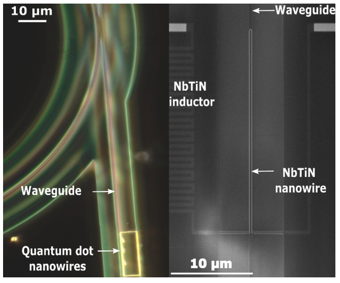
Optics Express 27(17), 24601-24609 (2019)
-
Single photon wavelength conversion
We investigate the theoretical and experimental dynamic tuning of optical resonators and its effect on trapped single photons. Like adjusting a guitar string’s tension mid-note, tuning the cavity alters the photon’s frequency. This shift is linear within the adiabatic regime.
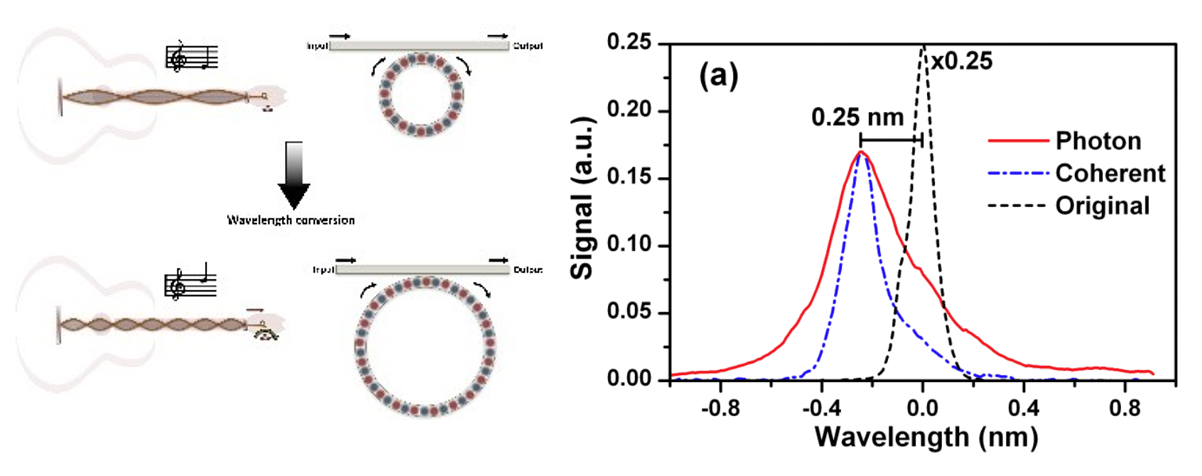
Appl. Phys. Lett. 101, 171110 (2012)
Phys. Rev. A 82, 063839 (2010)
Optics Express 27, 14400-14406, (2019)
-
Photonic-Analogue of Electromagnetically-Induced Transparency
On-chip optical buffers are challenging in silicon photonics due to loss from carrier-based tuning. We experimentally demonstrated a carrier-free optical storage element using a photonic analogue of Electromagnetically Induced Transparency (EIT). By dynamically tuning coupled microcavities, we created a supermode that enables controllable storage and release of light pulses.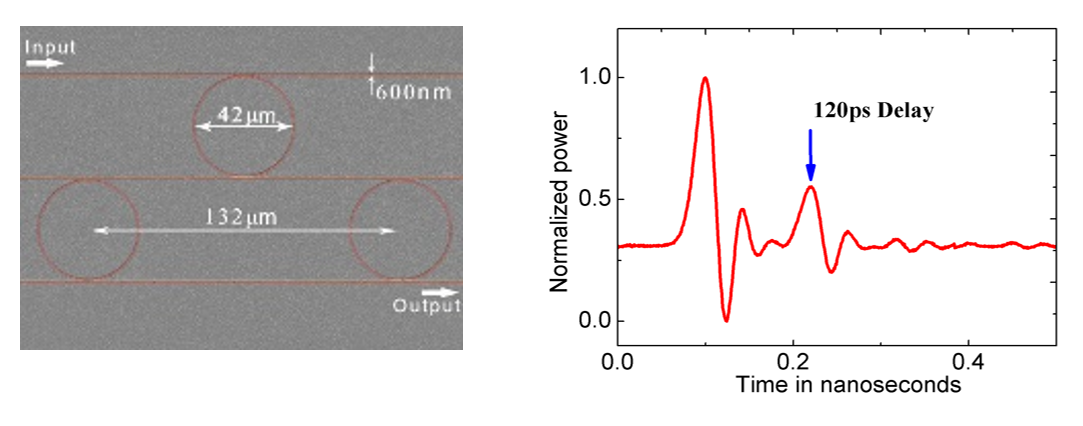
Optics Express 18 (3), 3014-3022 (2010)
Phys. Rev. A 82, 063839 (2010)
- Material Properties Characterization
Accurate material characterization is vital for photonic circuit design. We measured the thermo-optic coefficients of PECVD SiN and SiO₂ at cryogenic temperatures, essential for quantum applications. At room temperature, the coefficients are 2.51 ± 0.08 × 10⁻⁵ K⁻¹ (SiN) and 0.96 ± 0.09 × 10⁻⁵ K⁻¹, both decreasing by an order of magnitude at 18 K, offering key insights for low-temperature photonic device design.
IEEE Photonics, 8 (3), 2701009 (2016)